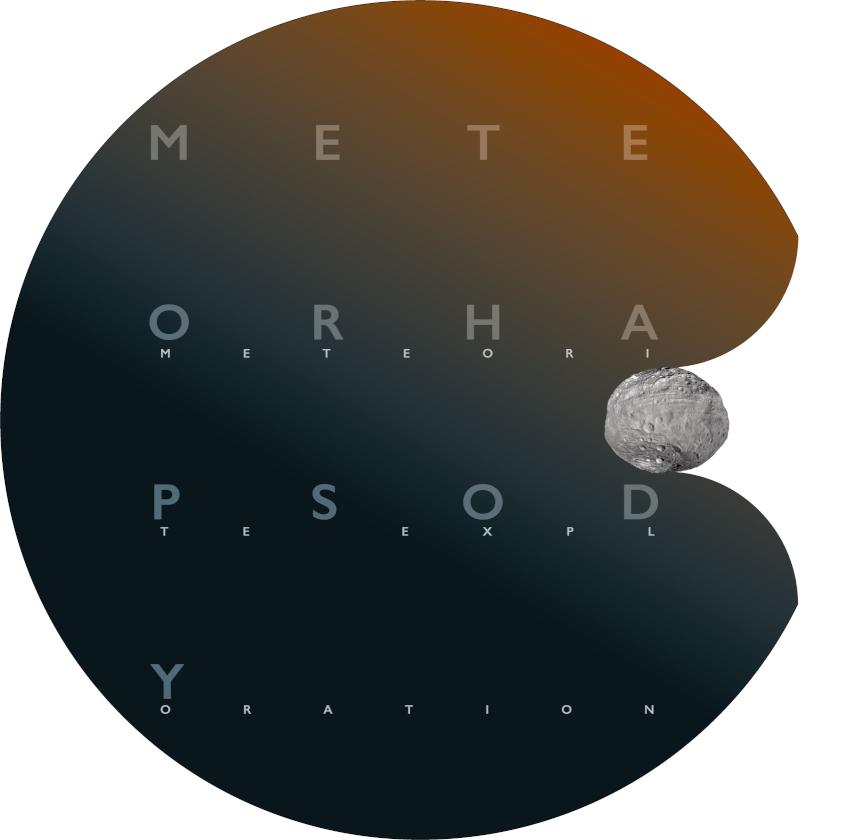Special Exhibition “METEORHAPSODY - METEORITE EXPLORATION”
2025.11.29-2026.03.29
GREY CUBE
Meteorites, fragments of stars that journey through space, serve as time capsules that record the birth of the solar system 4.567 billion years ago and the subsequent evolution of planetary bodies. This exhibition showcases actual specimens, illustrating where meteorites originate, their appearance, and how they narrate the story of our solar system.
Additionally, we highlight the stories of collecting these rare and valuable samples, featuring expeditions in Antarctica—home to the world’s largest collection of meteorites, including actual specimens from the National Institute of Polar Research.
In recent years, the direct sampling of the Moon and asteroids by spacecraft has become more prevalent. Our exhibition will include special limited-time displays of asteroid samples from Ryugu, collected by JAXA’s Hayabusa2, and Bennu, gathered by NASA’s OSIRIS-REx, allowing for comparisons with similar meteorites.
Research on extraterrestrial samples, including meteorites, employs optical microscopy and X-ray and electron beam instruments for observation and analysis. The exhibition will also feature images and videos from these analyses, visualizing scientific discoveries. The media obtained through these research processes hold not only scientific importance but also artistic beauty. As such, we present an experimental exhibition that integrates imaginative visuals, light, and sound inspired by meteorites.
Organizer: The University Museum, The University of Tokyo (UMUT)
Cooperation: National Institute of Polar Research (NIPR), Japan Aerospace Exploration Agency (JAXA)

